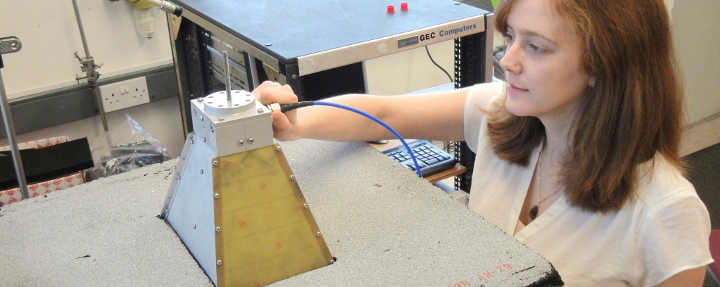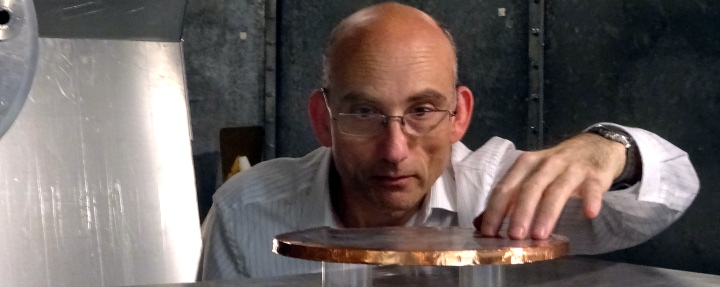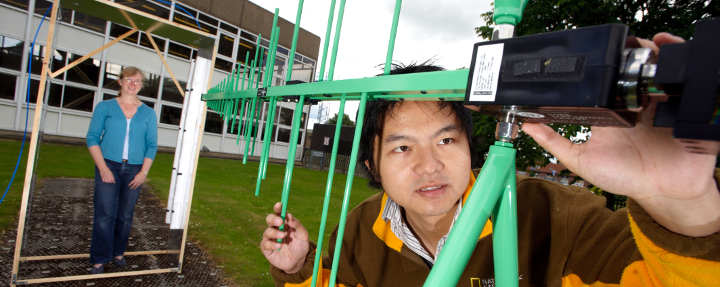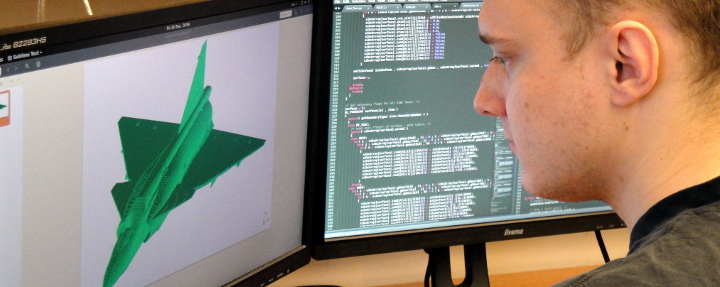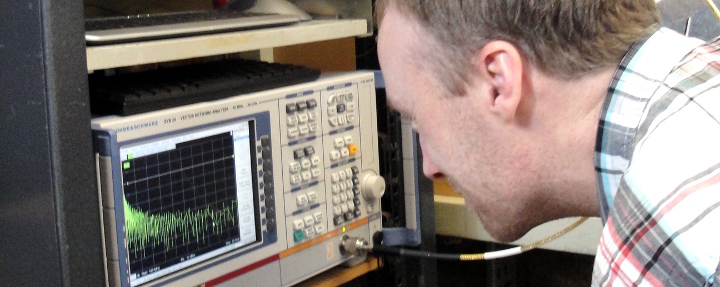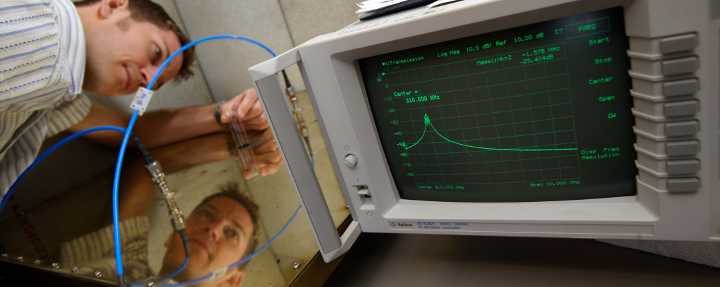Electromagnetic compatibility
Contact
Dr John Dawson
- john.dawson@york.ac.uk
- +44 (0)1904 32 2356
More
See the Applied electromagnetics and devices pages for more information about our work.
The safe and reliable mutual coexistence of electronic and radiocommunication systems requires that both their intentional and unintentional electromagnetic emissions and their susceptibility to such emissions are evaluated and controlled. Compact, low-weight, high-frequency, low-power, mobile, wireless, ubiquitous – these industry drivers pose increasing challenges to ensuring electronic systems maintain electromagnetic compatibility. From smartphones to airliners and IT backbone infrastructure to composite shielding materials, we develop and apply computational simulation and measurement techniques to address these engineering challenges, helping to achieve a reliable electromagnetic environment.
We are developing advanced computational and statistical methods to analyse the increasingly complex scenarios that we face. We implement these methods both in our own computational codes and as adjunct to other commercial and non-commercial tools. Collaborating with academia and industry across Europe we have applied these techniques to the protection critical infrastructures, electromagnetic qualification of aircraft, efficient multi-scale computation and the design of advanced materials.
We are a world leading centre for electromagnetic shielding research; our measurement facilities include reverberation chambers, an anechoic chamber and unique measurement systems that we have pioneered. A long-term contributor to international standardisation, we are currently developing new approaches to high-frequency shielding assessment. Our research is strongly industry focused through UK and European project collaborations.
Projects
- Pan-European Training, Research And Education Network On Electromagnetic Risk Management
- Shielding of Electrically Large Enclosures with Contents
- Electromagnetic Properties of Non-woven Materials
- STRUCTURES
- Electromagnetic Monitoring of Semiconductor Ageing
- High Intensity Radiated Field – Synthetic Environments (HIRF-SE)
- Measurement of Material Shielding Effectiveness
Partners
Previous or current non-academic collaborators include:
- Ford Motor Co.
- Thales
- Barco
- Huawei Technologies Ltd
- Technical Fibre Products
- Rheinmetall
- Dassault Aviation
- ONERA
- Alenia Aeronautica
- BAE Systems
- QinetiQ
- MIRA
- MBDA
- Computer Simulation Technology (CST)

